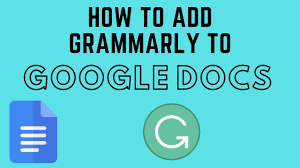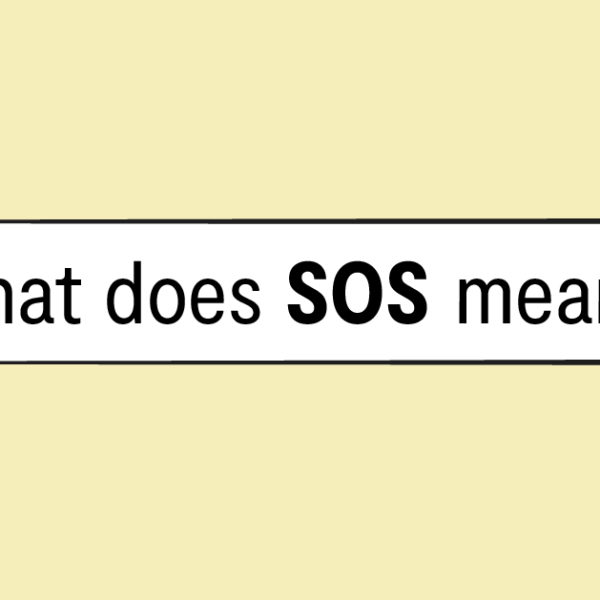An expository essay is a description of a topic without presenting personal opinions. In this case, the author, who is a student, enumerates the obtained information, indicates its sources, and draws conclusions. The primary tone of the writing is informative and neutral. The author does not defend their point of view, as in an argumentative essay, but conveys information obtained from processing other scholarly materials. On the contrary, an argumentative essay aims to demonstrate the writer’s thoughts. Here, you are not just a researcher but a thinker with a developed opinion based on an in-depth analysis of the issue.
Students encounter the task of writing an expository essay throughout their entire educational journey. They write it in college and repeatedly encounter this assignment in higher schools and institutes. Thanks to this task, students learn to conduct research, draw conclusions, and express them in written form.
The goal is not only to gather information about the researched subject but also to analyze the information. The result is the deepening of the student’s theoretical and sometimes practical skills that will be useful in their future professional activities or, at the very least, broaden their horizons and understanding of the topic.
It is essential to collect and process information and present it correctly according to established rules, which students often find challenging. Therefore, below, we suggest familiarizing yourself with the primary stages of writing this academic work.
If you want to find out how quickly and easily you can order a ready-made essay, you can do it here ibuyessay.com. Here you can receive professional help from those who appreciate quality.
Structure of expository essay
Before starting, it is recommended to create a plan to outline the future flow of thoughts logically. Only after its composition can you proceed to formulate the beginning. The plan is based on gathering the main themes you intend to highlight and includes both main headings and subheadings. They can be presented as brief descriptions of the topic or in the form of posed questions. An ideal heading should be informative and concise. Under no circumstances should long sentences and judgments be used that will not be used in the text beneath them.
However, before creating a plan, attention should be paid to the rules of its writing. Here, determining the structure of the entire essay is essential. Coping with this task much faster will be facilitated by professionals at ibuyessay.com/expository.html, but you can also make use of the recommendations below.
The structure of the essay consists of 3 main elements:
- Introduction – here, it is vital to formulate the work’s title, reflecting its main essence. A good choice would be to use a quote, ask a question, or emphasize a fact. At this stage, capturing the target audience’s attention and motivating them to study the work further is crucial.
- Context and justification – at this stage, it is necessary to disclose the topic and justify its relevance. Quoting the thoughts of scholars, proving theorems, and other ways to reveal the features of the study, such as theses and explanations, are appropriate here.
- Conclusion – conclude the work, repeating the central thesis and briefly reflecting on critical points. Ultimately, the target audience should not feel they missed something and forgot what was being discussed all this time.
The main snag of the plan is that each previous part should logically flow into the next one. For this, it is recommended to use smooth transitions between topics and summarize them with your conclusions. It is also appropriate to consider the opposite point of view without expressing your attitude towards it.
Once you have determined the layout of the future work, you can proceed to write its beginning.
How to write an expository essay introduction
Introduction – the first thing a teacher looks at. It should both attract attention and describe the background of your essay. Here, you can raise an issue or start with a thesis statement to prepare the ground for the central part of the work.
The tasks of the introduction are:
- prepare for discussion;
- highlight the relevance of the topic;
- intrigue with the content.
Professionals recommend starting with a quote from famous scientists or writers or posing a rhetorical question. Ideally, the student can make a provocative statement capable of further discussion. If the essay’s task is to solve a current problem, you can use these. In 50% of the works, students prepare the reader for a discussion by indicating key aspects that will be considered in the course of the work.
With the introduction, we intrigue the target audience: the teacher and possibly another student who will use our essay as a reference to understand the topic. Once written, you can start writing the essay’s body, presenting theses, evidence, and explanations.
In the opening, each paragraph should present one idea, maintaining a logical connection with the essay’s first paragraph. Sometimes, providing statistical data with explanations and comparisons based on professional analysis is appropriate. Try to present the information not literally but by extracting critical points from processed materials and expressing them in your own words.
The final stage will be a logical conclusion to the text. Specific requirements are also imposed on it, which we will outline below.
Expository essay conclusion
This is the summary of the work. Here, you can mention the problem raised initially and then use quotes and excerpts to add a logical conclusion. We conclude and bring the results of the work back to its primary goal. It’s important not to copy everything literally but to rephrase the judgment in simple words, emphasizing the importance of the problem and possibly finding ways to solve it based on the works of scientists and specialists. Be sure to summarize the essay’s main points and refute commonly accepted judgments if any scientists, for example, presented opposing facts. Recalling some quotes or key expressions from your work at the final stage is good. It would be interesting if you end where you started, remembering the main question raised at the beginning.
Remember the logic. Do not use new information, but provide the result of your work so that the reader has no questions after studying the essay.
Also, distinguish the expository essay from other types of work. There should be no personal thoughts here – you are just studying the material and presenting it, always indicating references to the primary source in the text.
Interestingly, 65% of teachers report that they need to read the students’ work thoroughly but only look at the beginning, middle, and end. But even if this is not the case, it is recommended that more attention be paid to these parts of the essay.
Now, you know how to write an essay correctly. Our recommendations will help you get a positive grade and make learning more manageable.












